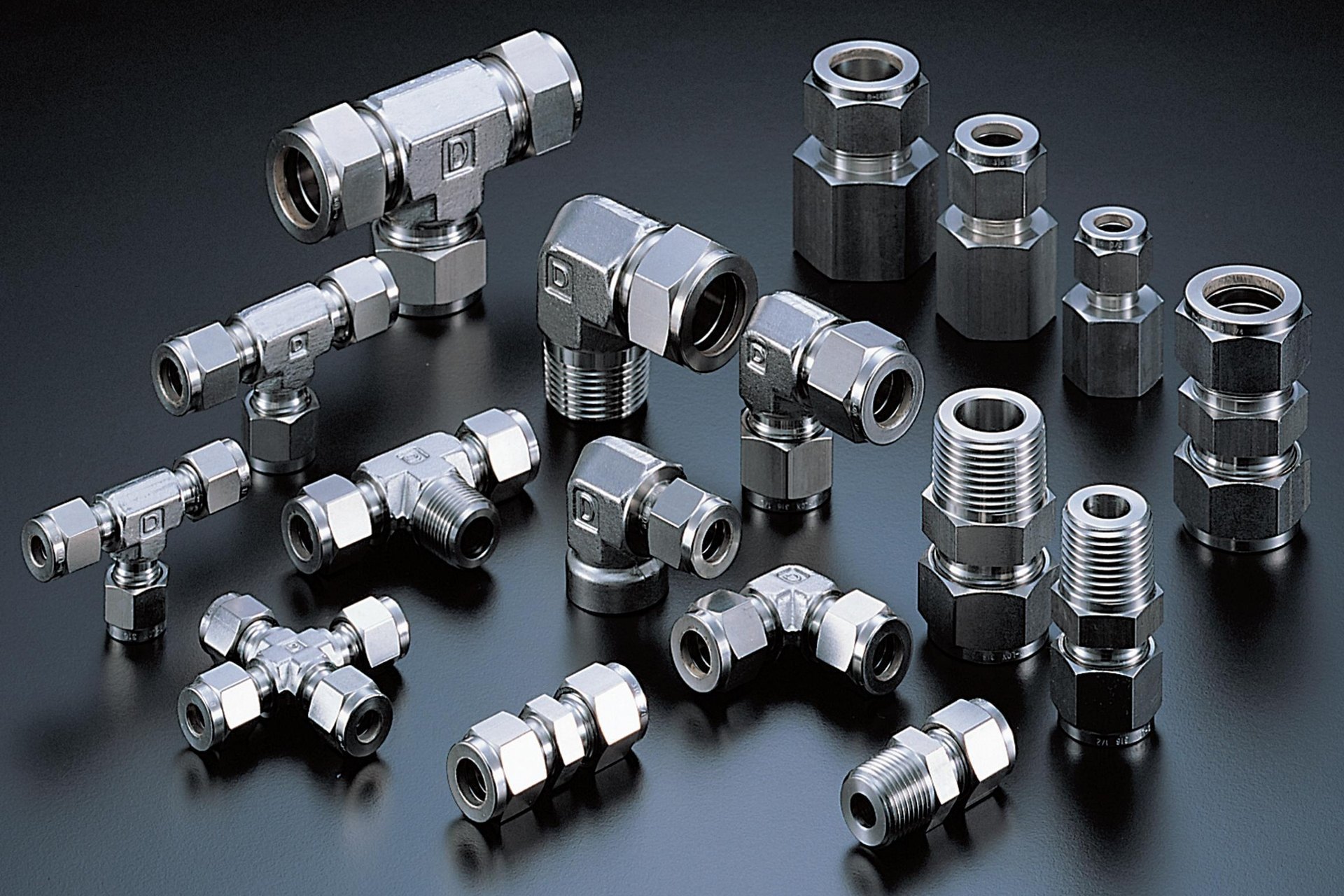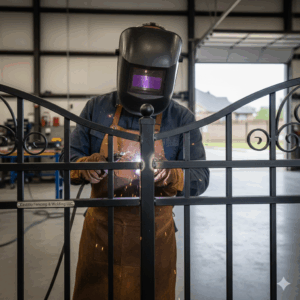When it comes to choosing the right material for stainless steel compression fittings, selecting between SS 904L Compression Tube Fittings and 316 stainless steel can be a critical decision. Both materials are known for their corrosion resistance, strength, and performance in demanding applications. However, understanding their differences can help engineers, procurement teams, and end-users make better choices for long-term efficiency and cost-effectiveness.
In this blog, we’ll explore the key differences between these two popular materials and help you decide which one is better for your needs.
What Are Stainless Steel Compression Fittings?
Stainless steel compression fittings are mechanical fittings used to connect tubes and pipes without the need for welding. These fittings are widely used in high-pressure applications such as chemical processing, instrumentation, gas distribution, and hydraulic systems.
They are known for their:
-
Leak-free sealing
-
High strength
-
Easy installation and disassembly
-
Resistance to vibration and pressure
Introduction to SS 904L Stainless Steel
SS 904L Compression Tube Fittings are made from a high-alloy austenitic stainless steel with low carbon content. This grade contains higher amounts of nickel (23–28%) and molybdenum (4–5%) compared to 316, along with the addition of copper (1–2%), which enhances its resistance to strong reducing acids.
Key Properties:
-
Superior resistance to sulfuric, phosphoric, and acetic acids
-
Outstanding performance in aggressive chemical environments
-
Excellent durability in seawater and chloride-rich areas
-
Higher initial cost but long-term performance benefits
Introduction to SS 316 Stainless Steel
316 stainless steel is an austenitic alloy composed mainly of iron, chromium (16–18%), nickel (10–14%), and molybdenum (2–3%). The addition of molybdenum provides excellent corrosion resistance, especially in chloride environments.
Key Properties:
-
Excellent resistance to pitting and crevice corrosion
-
Good weldability and formability
-
Used in marine, food, and pharmaceutical industries
-
Cost-effective and widely available
SS 904L vs. 316 Stainless Steel Compression Fittings: Comparison
| Feature | SS 316 Compression Fittings | SS 904L Compression Tube Fittings |
|---|---|---|
| Corrosion Resistance | Excellent | Superior (especially in acidic environments) |
| Chloride Resistance | Good | Very High |
| Acid Resistance | Moderate (not ideal for strong acids) | Excellent (sulfuric, acetic, etc.) |
| Cost | Moderate | High |
| Availability | Readily available | Less common, specialty product |
| Strength & Durability | Strong and durable | Higher durability in harsh environments |
Applications of SS 904L and 316 Compression Fittings
Common Uses for 316 Stainless Steel Compression Fittings:
-
Food and beverage processing
-
Medical and pharmaceutical plants
-
Marine equipment
-
Water treatment systems
Common Uses for SS 904L Compression Tube Fittings:
-
Chemical processing units
-
Oil and gas pipelines
-
Offshore drilling platforms
-
Acid storage and handling systems
Which One Should You Choose?
Choosing between SS 904L Compression Tube Fittings and 316 stainless steel compression fittings depends on several factors:
-
For standard industrial use, where corrosion exposure is moderate, 316 stainless steel compression fittings offer great performance at an economical price.
-
For aggressive chemical processing or environments with high chloride and acidic exposure, SS 904L Compression Tube Fittings are the better choice due to their superior corrosion resistance and longer life span.
Final Thoughts
Both 316 and SS 904L stainless steel have their own advantages in terms of strength and corrosion resistance. While 316 stainless steel compression fittings are cost-effective and widely used, SS 904L Compression Tube Fittings offer a premium solution for highly corrosive environments where long-term reliability is critical.








